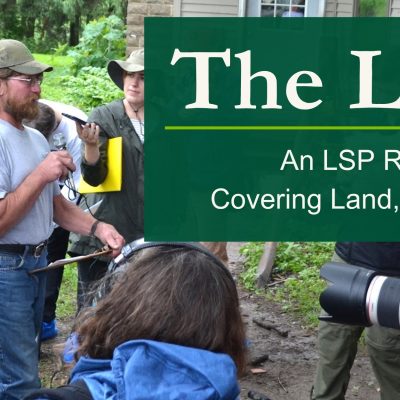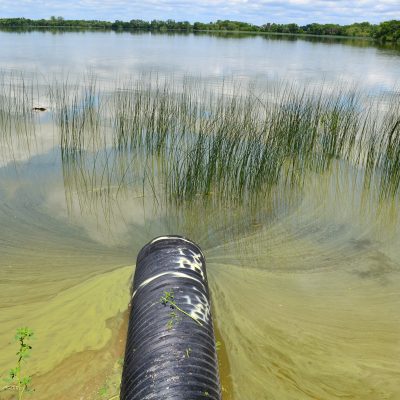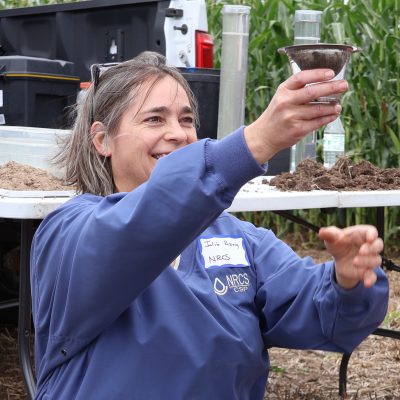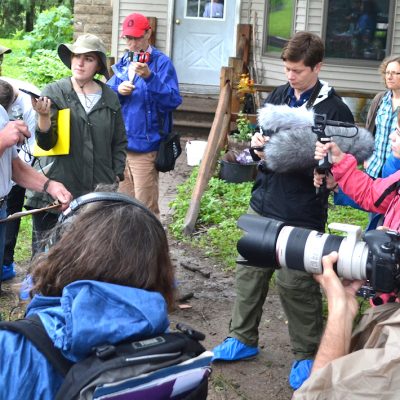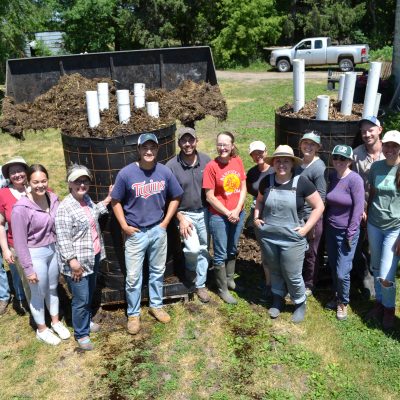Land Line: Mental Health & Land Health, Ag Income Decline, Canadian Eggs, Tariffs & Fertilizer, Banned Verbiage, Weather Disaster, Community Hub
Farmers Face One of the Highest Rates of Suicide. This Social Worker Believes the Solution is Buried in Their Land (4/10/25) The Guardian newspaper describes how a social worker in Kansas has developed the LandLogic Model, a new way to train healthcare providers that uses farmers’ relationship to their land to identify and treat depression,… Read More →
